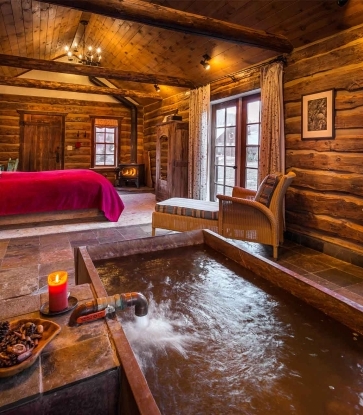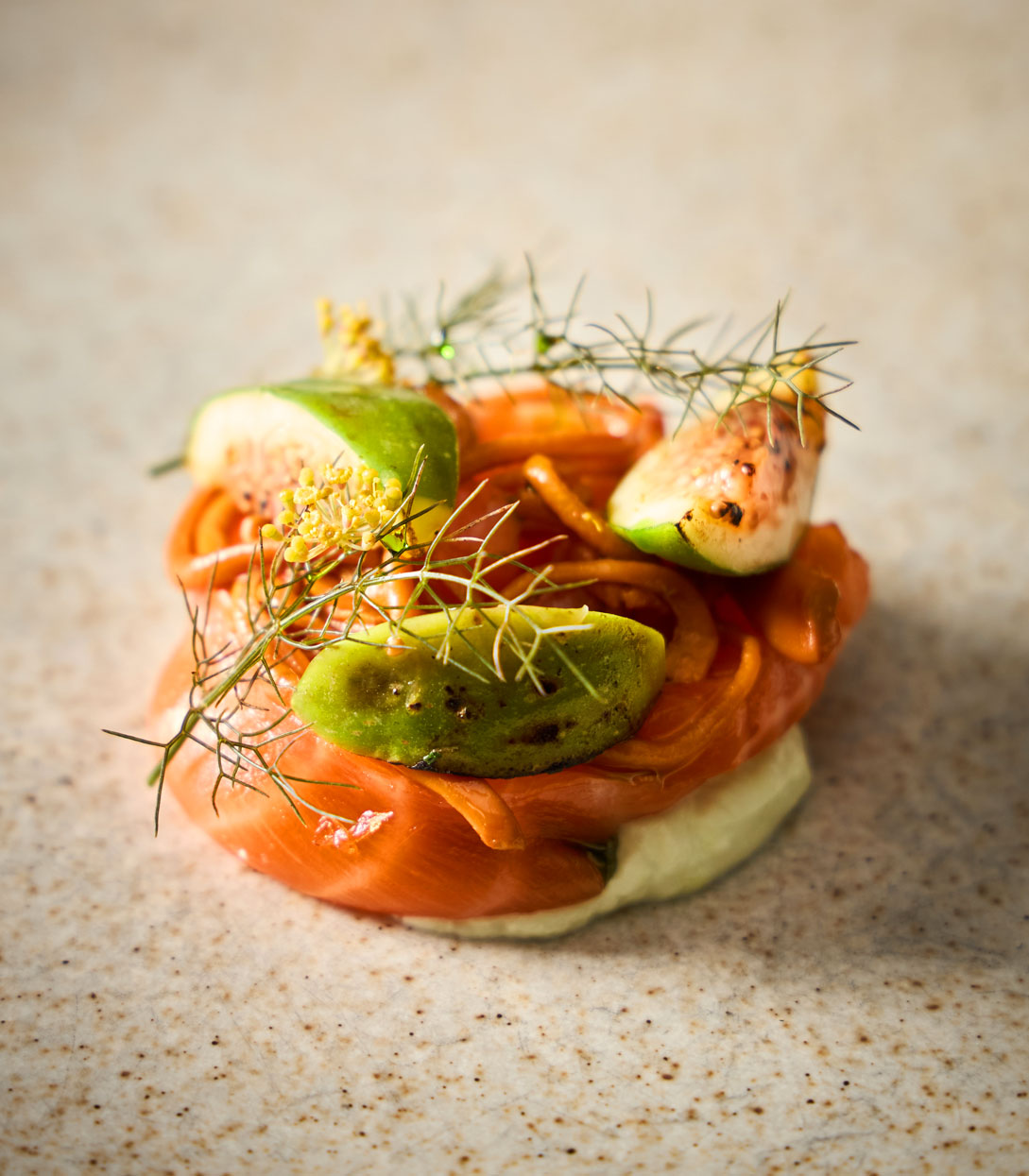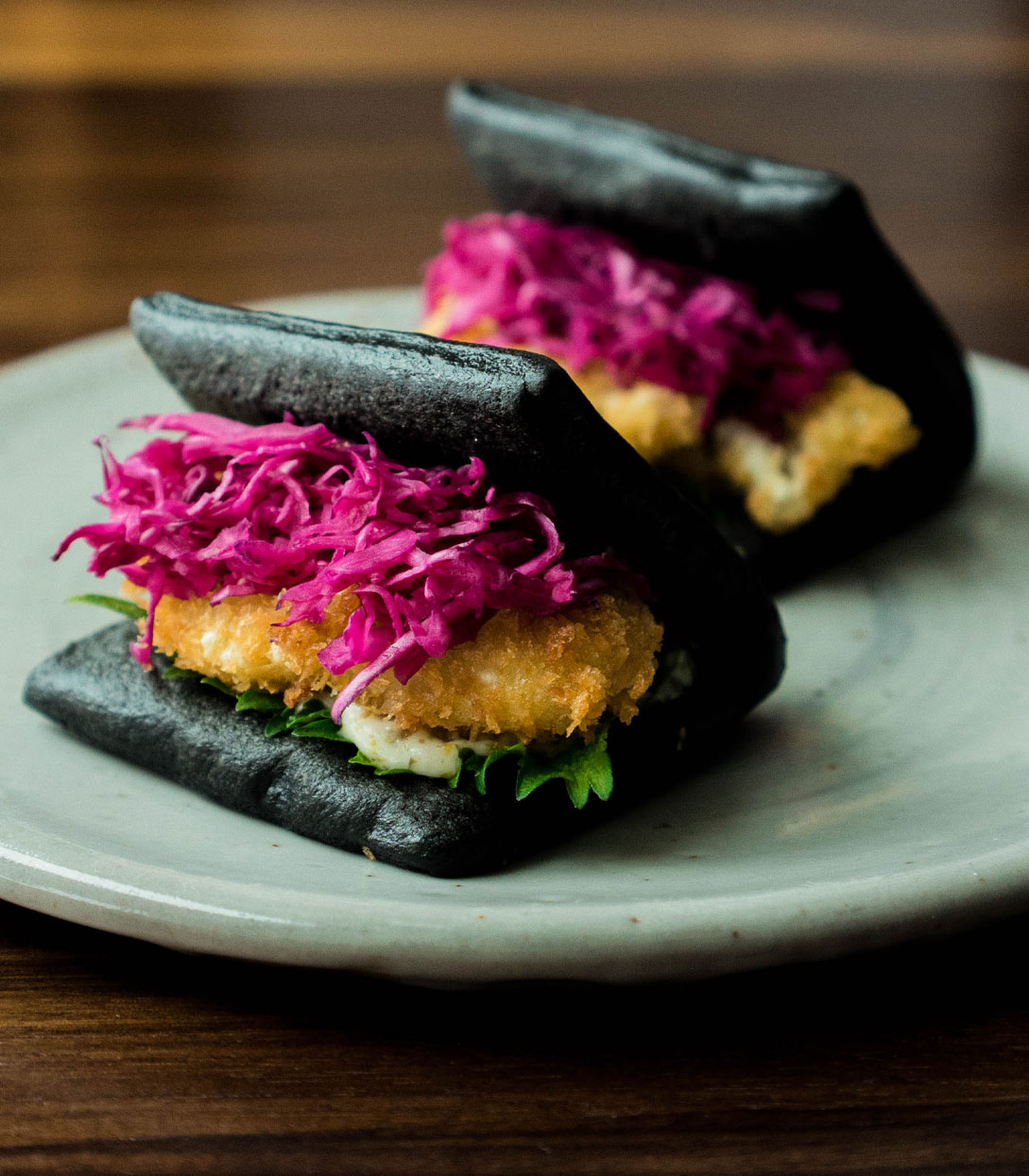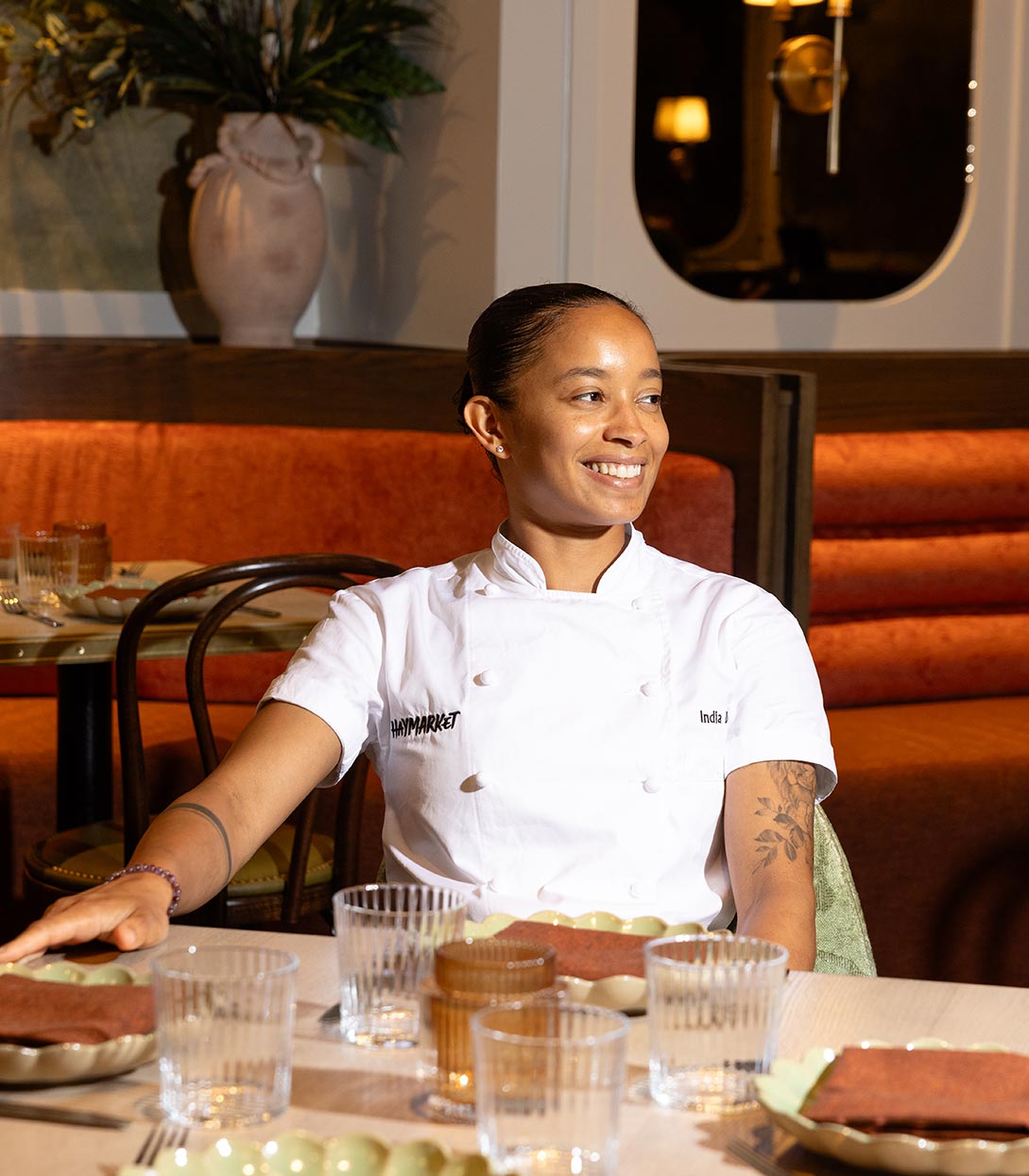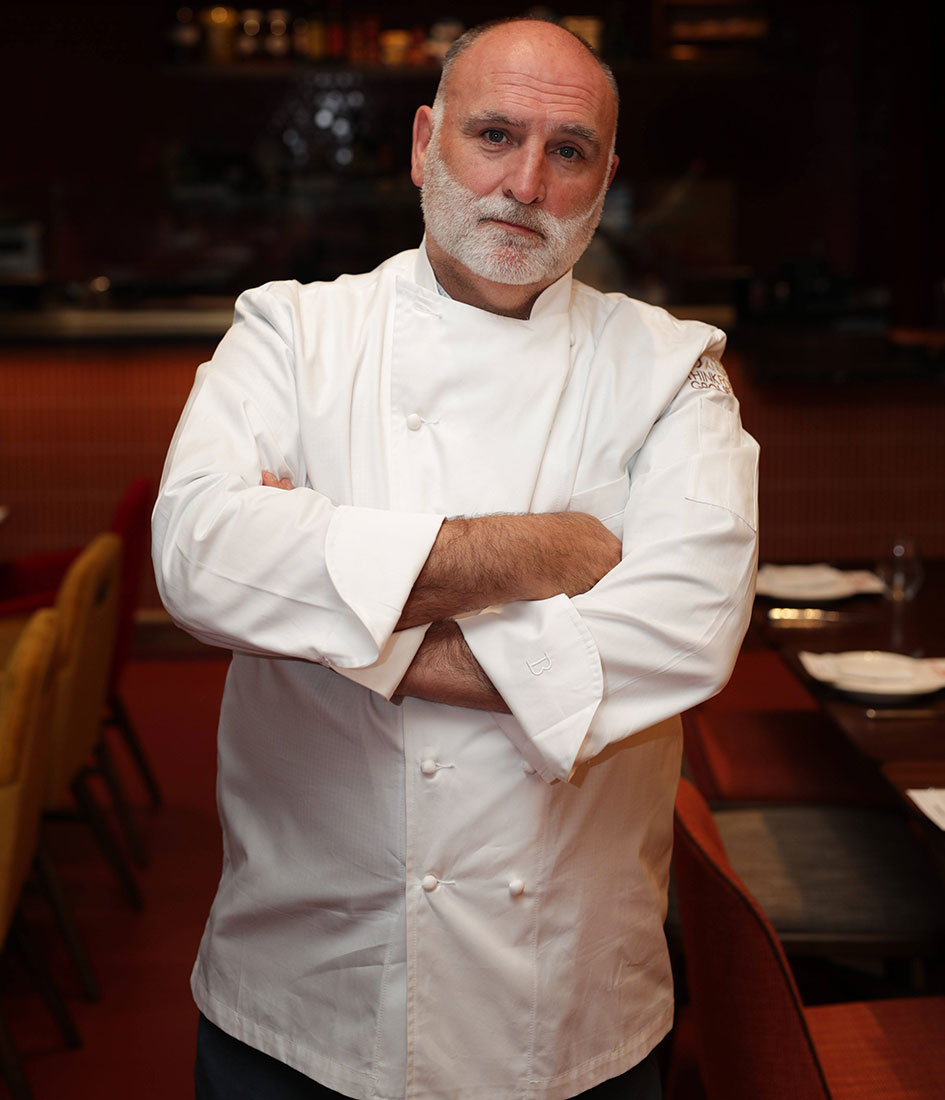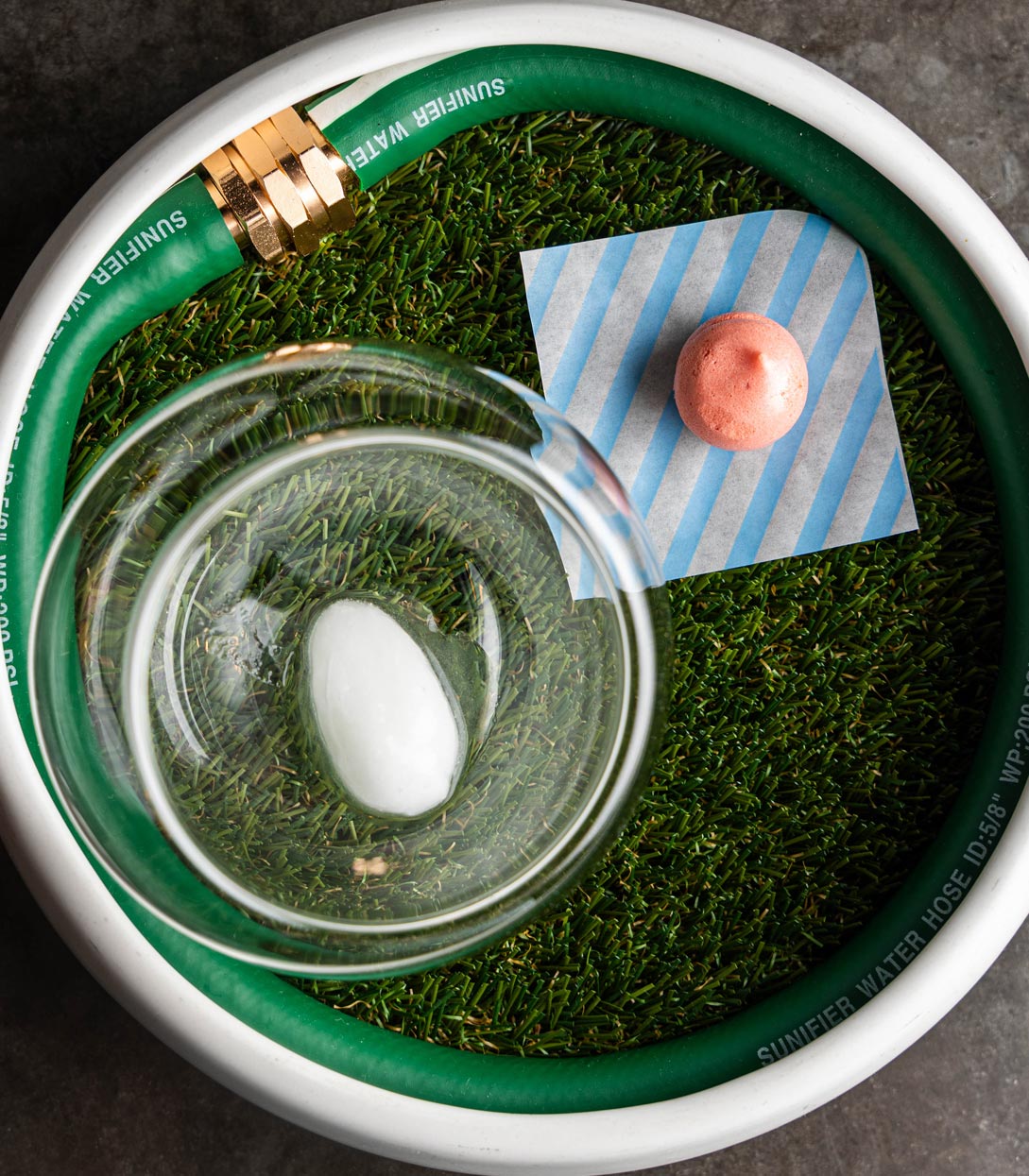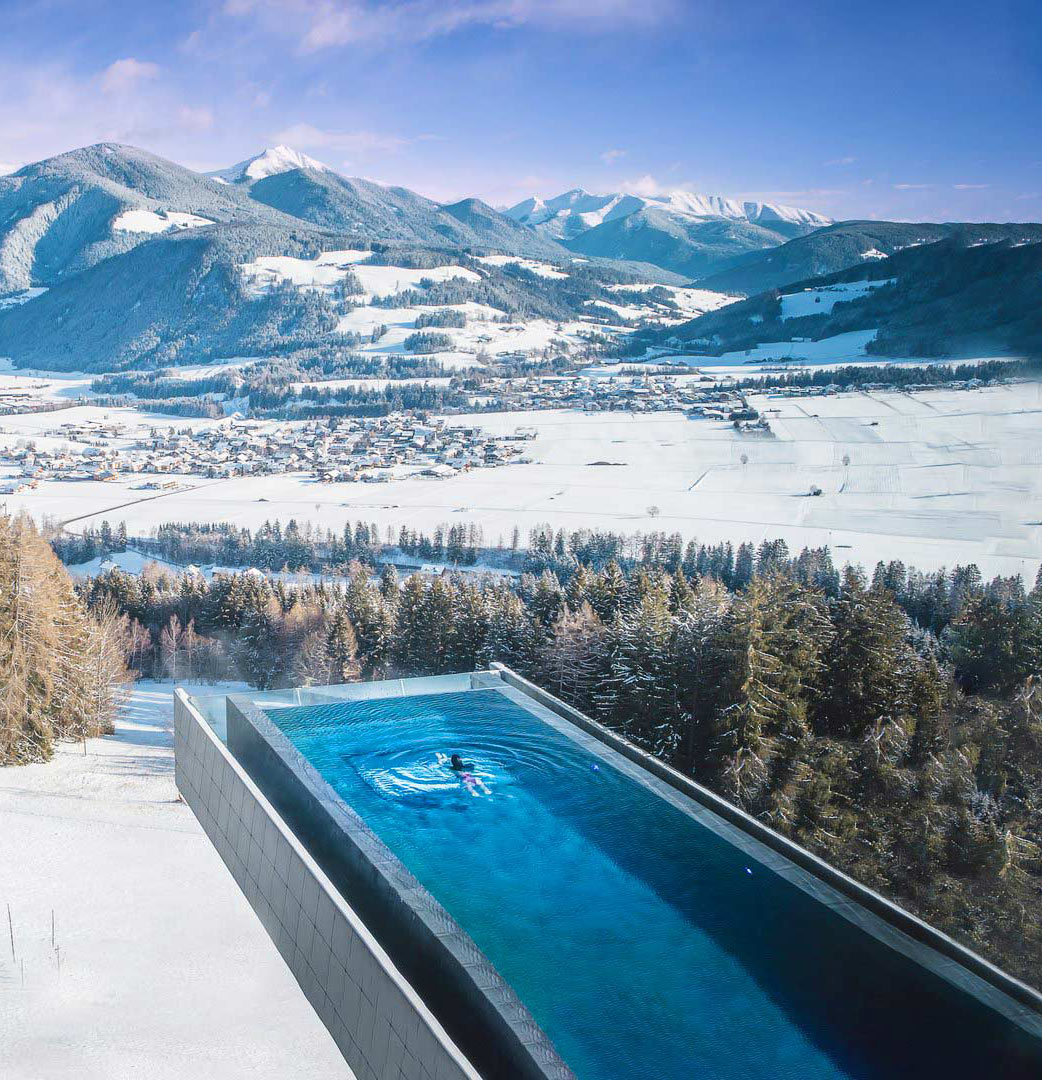If Del Mar is famous for its seaside horse racing track—“where the turf meets the surf,” goes the Bing Crosby jingle—the hotel at the center of town, L’Auberge Del Mar, is known for its opening day after party.
When I was a kid in San Diego, I would see the party photos in the paper every July—a vivid montage of Southern Californian tan lines and Kentucky Derby-size hats. This is still the vibe, though the party has evolved a bit. Now there’s a red carpet, and laser lights, and smoke machines, and Cirque de Soliel-style acrobats pouring drinks, according to Bob Gregson, the hotel’s manager. “I describe it as the Hamptons goes to Vegas for the night,” he said recently.
The hotel has evolved, too. After a series of ownership changes and renovations in the 2000s and 2010s, L’Auberge was acquired by Pebblebrook Hotel Trust in 2018, came under the management of Noble House Hotels & Resorts in 2019, and then underwent a $10 million renovation, finished in 2021. The latest overhaul has gone over well with international horse racing fans, it seems. This year, for only the third time, the Del Mar Racetrack will host the Breeders’ Cup, the season-ending championship for the world’s best horses. L’Auberge is fully booked.
But the hotel at 15th Street and Camino Del Mar has always been two things at once. When it wasn’t catering to the horse crowd, L’Auberge belonged to Del Mar. Locals would get married there, or bring their dogs to the lobby bar for a drink after a sunset romp at Dog Beach, just up the coast. This part of the hotel’s DNA predates the racetrack, in fact. L'Auberge opened in 1989, but there’s been a grand oceanfront lodge in its spot since 1910. (Crosby and friends opened the track in 1937.) In some ways, Del Mar was a beloved hotel before it was even a town. All of which means it was far from a given that residents would take kindly to yet another makeover. “Locals were worried we would lose the heart,” Gregson said.

I knew Noble House got something right before I even arrived—a friend from North County mentioned that the hotel was still pet-friendly, and that she still likes to take her dog there after a beach walk. (Not only are dogs still allowed, the hotel now holds pet adoptions in a small amphitheater on the street.) The fleet of hotel bikes parked out front was also a good sign, Del Mar being a cycling town. That someone thought to serve coffee from local favorite Bird Rock Coffee Roasters in the lobby café? This was a smart move.
Only when I got inside did I realize that I’d never actually been to L’Auberge. (Though I grew up ten miles down the coast and have driven by the hotel hundreds of times, I somehow never had an occasion to stop in.) The lobby is bigger and airier than I’d imagined, with a direct view of the Pacific. In old-timey photos, the interior here was vaguely Craftsman, with the kind of stone fireplace you might find in Carmel. Now it’s a Nancy Meyers-esque sea of neutrals and round edges, comfortable but not overtly beachy. My second-floor room had the same feel.
There’s plenty to see in these parts. The Torrey Pines State Natural Reserve is two miles down the coast. The Salk Institute, that Brutalist masterpiece designed by Louis Kahn, is only a few miles further. So is the Birch Aquarium at Scripps Institution of Oceanography. But I was already familiar with these spots. The one place where I hadn’t spent any time? L’Auberge. I decided to roam the grounds.

The lobby opens on to a back patio, which leads down to a pool, saltwater jacuzzi and outdoor bar. Below that, a footpath takes you to the beach. Down a hallway off the lobby, a gallery of archival photos pays tribute to Del Mar’s early days. It has the greatest hits from racing seasons past—the shot of Bette Davis at the grand opening in 1937, taken a year before Seabiscuit put the track on the map—but also scenes from the hotels that stood here before L’Auberge. The very first was the Stratford Inn, a Tudor-style lodge with a salt-water plunge on the beach. A circa-1920 brochure for the inn lured travelers to San Diego the same way the city does today, with promises of a “perpetual spring-time climate of remarkable salubrity and unfailing evenness.”
L'Auberge’s three-year-old restaurant, Adelaide, is on the back patio, facing the ocean. (The previous restaurant was on the street side of the lobby.) As of this summer, it has a new executive chef, James Montejano. Montejano has a long CV—he trained under Michael Mina and has done five stints in San Francisco—but I was most interested to learn that he was born and raised in North County. What does a local chef choose to do at L’Auberge?
The hotel had not yet released Montejano’s new menu, but over two meals at Adelaide, he gave me a preview of what’s to come: bluefin tuna tartare served on a sesame cracker with a light ponzu sauce; chicken liver pate with cranberry-walnut crostini, fig jam and a fan of sliced Warren pear; steak tartare with toasted sourdough rounds and a petit frisée salad; a bracing plate of dry-aged Hamachi with Japanese pear, pomegranate and serrano; and a cup of creamy Thai-inspired pumpkin soup, made with panang curry, carrot juice and coconut milk.

Montejano describes his menu as “California coastal cuisine.” When pressed, he does allow that it may veer into distinctly San Diegan territory. Take the seafood, he said. In the Bay Area, you get a lot of Dungeness crab, lingcod, mackerel and salmon. In San Diego it’s a little different, a little more Baja—oysters, scallops, octopus, tuna, sea bass. “They’re beautiful fish and they’re caught here in our backyard.” When you’re as close to the border as San Diego is, nothing about Taco Tuesday would feel original. “So instead, we do Tostada Tuesday,” he said. “You can put whatever you want on it. Could be fresh tuna or prawns or uni.” And while he sources produce from all over the state, he makes a point to highlight the best of what’s grown in the area—heirloom tomatoes from Valdivia Farms in Carlsbad, say, or avocados from Stehly Farms in Valley Center.
I don’t know that any of this amounts to a definition of San Diego cuisine, but I do know that I couldn’t have told you what a deeply Del Mar dinner plate looks like until Montejano brought out his version of Surf and Turf: On one side, seared A5 Miyazaki wagyu with wild mushrooms and a red-wine reduction; on the other, butter-poached lobster with Osetra caviar, salmon roe, and a parsnip purée. It could inspire its own jingle.






